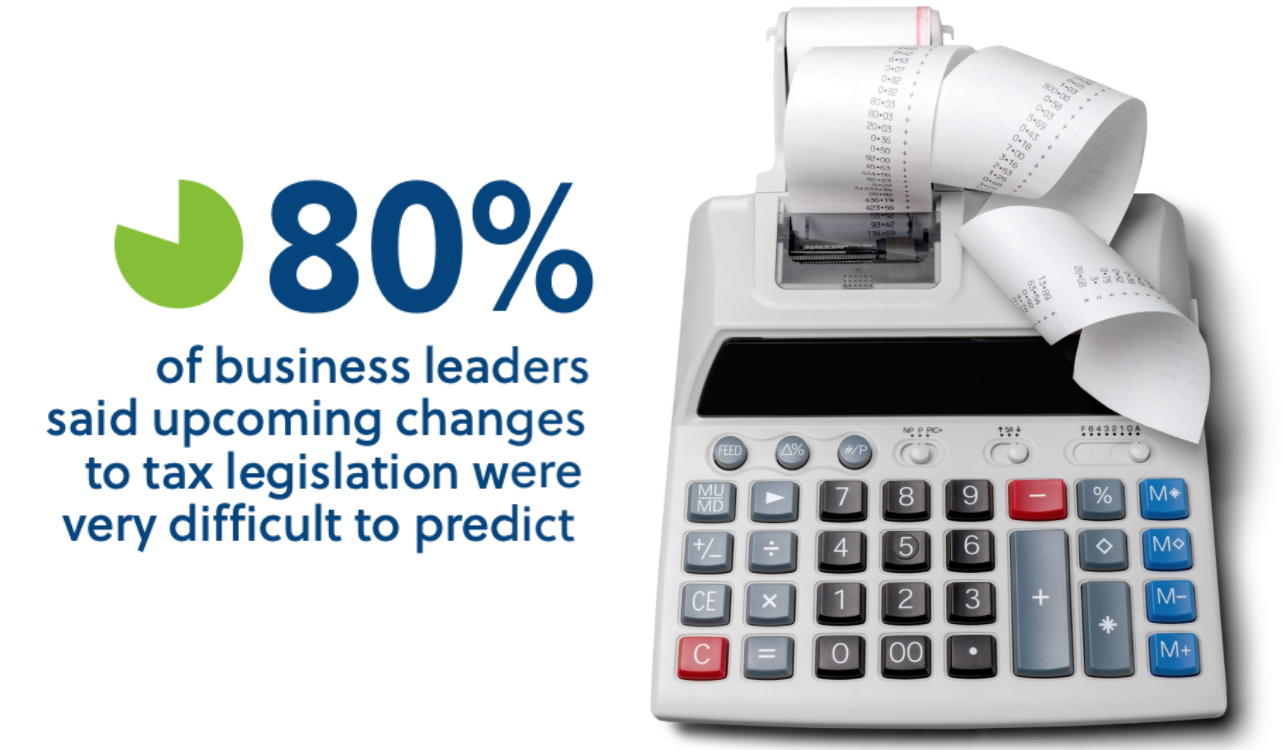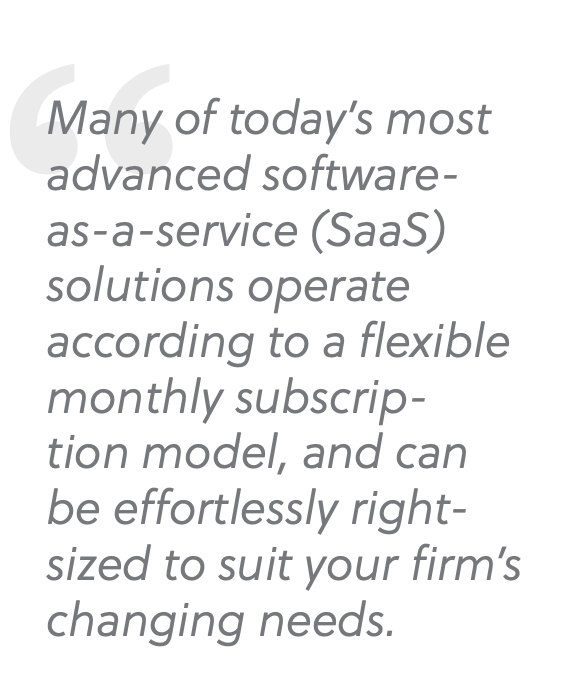The events of 2020 haven’t launched any new trends. Instead, they’ve sped up processes that were already underway, including digital transformation, widespread acceptance of telecommuting, geographically-distributed workforces and growth for high-value strategic advisory services, especially those that are delivered online.
This is why Tom Hood, president and CEO of the Maryland Association of CPAs, recently referred to the most significant force that’s been impacting accounting firms for the past year as “the great COVID accelerator.” In addition to rapid change, today’s accounting firms face the business risks that come with unprecedented levels of uncertainty. No one’s sure exactly when the COVID-19 pandemic’s impact will stop being felt. Among accountants participating in a recent Accounting Today survey, a majority believed the pandemic would end in 2021, but they were just about evenly split into groups who thought this end would come about in Q2, Q3 or Q4.
What’s more, the new U.S. administration will likely bring about sweeping regulatory change, but accountants aren’t sure what this will actually look like. A global survey by BDO found that 80% of business leaders said upcoming changes to tax legislation were very difficult to predict.
For accounting firms looking not only to survive but to prosper in 2021, it’s critical to invest in tools and solutions that will enhance the firm’s overall flexibility and resilience. These are the most important qualities your firm must have if it is to win in a rapidly-changing business climate. Accordingly, the first question you should ask while vetting any prospective new software solution is whether its adoption will bolster the capabilities that the modern world will increasingly demand of your business.

Streamlining operations
Conducting a cost-benefit analysis should be a routine part of every procurement decision. Choosing accounting practice management software isn’t any different. As always, making sure the solution you’re considering fits within your firm’s budget is a key consideration.
To future-proof your firm for a rapidly-evolving world, however, it’s also important to ask the following:

Many of today’s most advanced software-as-a-service (SaaS) solutions operate according to a flexible monthly subscription model, and can be effortlessly rightsized to suit your firm’s changing needs.
In addition, your cost-benefit analysis should account for fast-paced transformation becoming the status quo. It’s vital to account for the opportunity costs that a solution that’s inflexible or too closely tied to outdated ways of working will cause you to incur. This means examining the operational efficiencies that are inherent to your current business processes in detail.

In today’s world, operational processes and the technologies that support them are intertwined by nature. You may need to change the software your practice relies on if you want to change how people accomplish critical tasks. Anything that introduces inefficiencies into your workflows now will ultimately render your firm less competitive in the months and years to come.
Becoming minimalist
Besides the opportunity costs associated with present-day inefficiencies, decision-makers evaluating technology solutions for accounting firms should consider the costs associated with risks that your firm currently bears.
It’s commonplace to purchase insurance coverage to buy down the costs associated with operational risks. For example, the majority of firms have liability or malpractice insurance to protect themselves against the costs of a lawsuit they might face if an employee were to make an error. And most carry insurance to cover losses associated with the damage a fire or natural disaster could cause to their primary place of business.

Not all accounting firms are as diligent about managing the risks associated with technology usage, however. What kind of “insurance” or other systems do you have in place to protect against revenue losses your firm would incur if you were abandoned by clients whose documents you lost due to a computer hard drive failure? How reliable are your backups? What solutions do you use to protect your clients’ data so that it’d be safe even if your office was destroyed?

Cybersecurity risks continue to mount, as well. Global losses due to cybercrime are predicted to cost the world more than $10.5 trillion annually by 2025. In the past, many professionals believed that maintaining old-fashioned paper-based processes would protect them from these risks, but in fact the opposite is true. Not only do paper and printing costs exceed the expenses associated with digital workflows, but the potential for compliance penalties and data breach-related costs are also higher with legacy processes too. In fact, 70% of managers report they’ve seen or picked up documents containing confidential or sensitive information that were mistakenly left behind at a printer.
Meeting your clients’ changing needs
 Finally, you’ll want to ask yourself how well the technology solution you’re considering will prepare you to meet future market demands. Clients are increasingly seeking accounting and tax preparation services that can be delivered online. They’re also more and more likely to look for complex, high value advisory and consulting services to help them navigate tomorrow’s changing world. Firms that can meet this demand by offering these types of services — and make it easy for clients to consume and pay for them from home, the office or wherever else they may be — are particularly likely to win new business in an economic and regulatory climate in which there’s a great deal of uncertainty.
Finally, you’ll want to ask yourself how well the technology solution you’re considering will prepare you to meet future market demands. Clients are increasingly seeking accounting and tax preparation services that can be delivered online. They’re also more and more likely to look for complex, high value advisory and consulting services to help them navigate tomorrow’s changing world. Firms that can meet this demand by offering these types of services — and make it easy for clients to consume and pay for them from home, the office or wherever else they may be — are particularly likely to win new business in an economic and regulatory climate in which there’s a great deal of uncertainty.
There’s no doubt that the CPA’s role is changing. The accounting profession is becoming more technology-enabled than ever before. And the part that technology can play in ensuring your firm’s success is changing as well. In the past, software was a tool that supported accountants in completing routine tasks. Today, it’s much more: the right technology, such as OfficeTools practice management software, serves as a critical business enabler that can support growth and enhance client satisfaction.